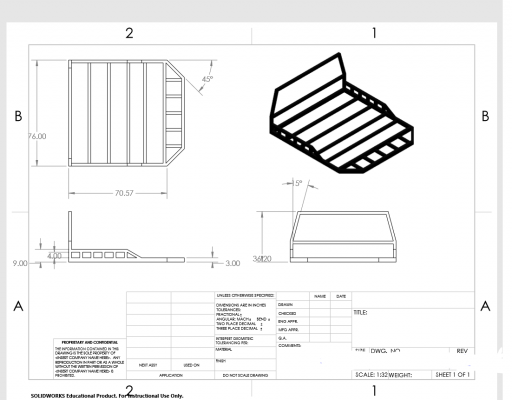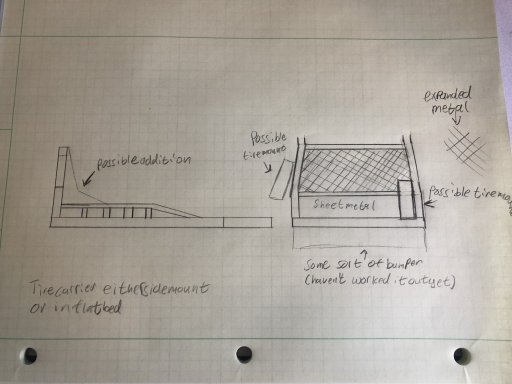
Enthusiast II
Hi guys so I'm planning on building a flat bed for my 2004 Dodge ram 1500. I wanna build this flat bed because my truck has some pretty bad rust on the wheel wells and to help give me ground clearence and some space for bigger tires down the road. I have a very basic design for the flatbed already done and am just on here seeking advice from anyone who has built or knows anything about building flatbeds for these trucks.I am planning on using 2x3in and 2x2 in steel tube for the frame and some sort of oak wood for the decking. I am an engineering student and used solidworks CAD to design it (Overkill I Know) Any feedback on the desing from people that have experience with flatbed trucks or any idead of stuff to add would be great. Thanks in advance!
Attachments
-
77.4 KB Views: 33







